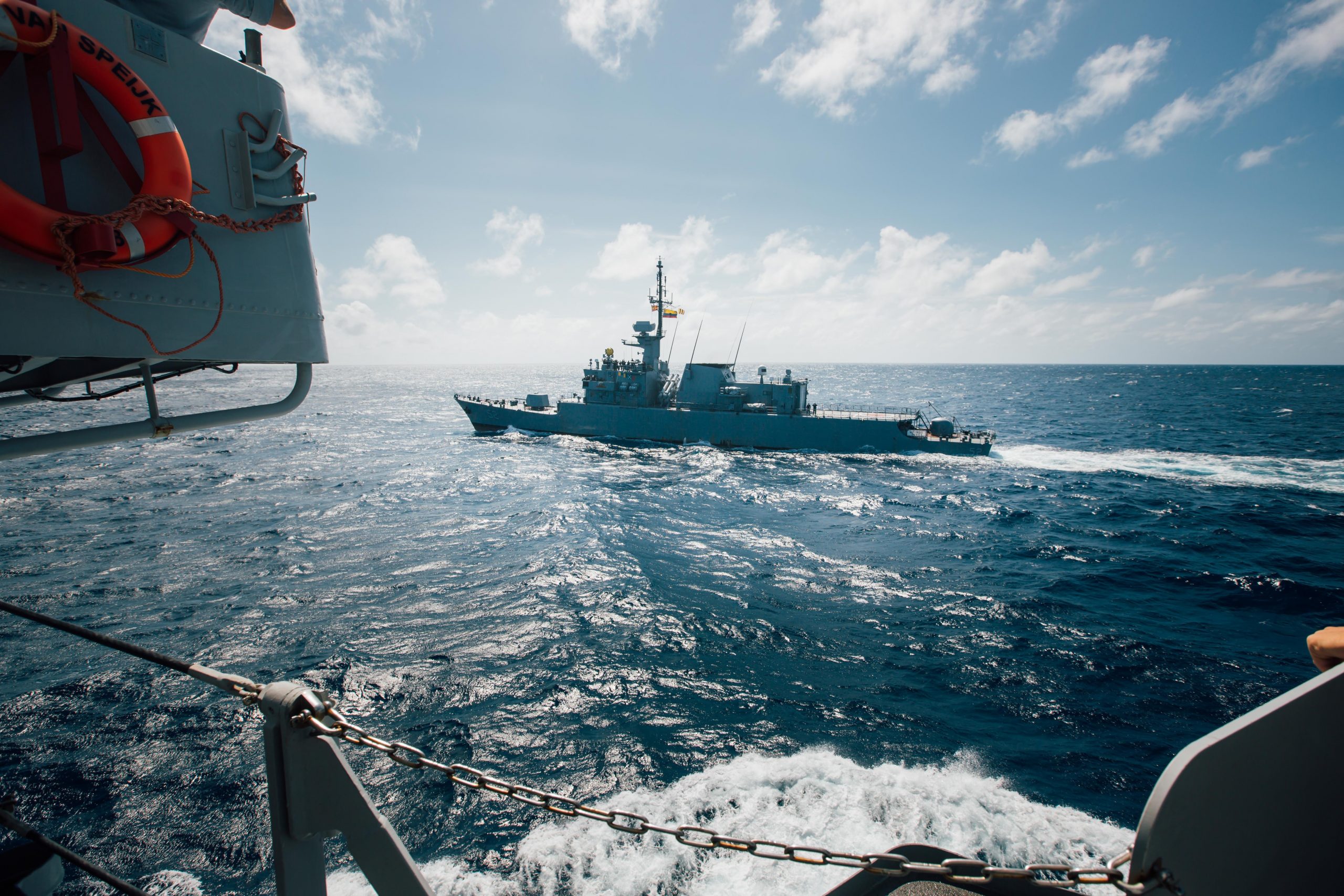
Justin Bullock, FISM News
[elfsight_social_share_buttons id=”1″]
Tensions between the US and China continue to rise as US Secretary of State Antony Blinken re-affirmed the US’s position denying essentially all territorial maritime claims by China in the South China Sea. This policy was first instituted by former President Trump after “an Arbitral Tribunal constituted under the 1982 Law of the Sea Convention delivered a unanimous and enduring decision firmly rejecting the PRC’s expansive South China Sea maritime claims as having no basis in international law.” Blinken went on to condemn the continued and increasing intrusions by China in the South China Sea and nearby regions and strongly warned China against attempting any sort of military action against countries in the region.
China’s response to Blinken’s statement mirrored their original response to the policy when it was first announced in 2016. China has said that they will continue to ignore the ruling as they view it as illegitimate and worthless. Their activities have largely reflected their statements regarding the ruling as well. China continues to engage in military exercises and build small military bases throughout the South China Sea and broader region. These actions are taken with the intention of shoring up their military presence in the area as well as intimidate smaller regional nations like Taiwan or the Philippines.
In conjunction with Blinken’s statement, the US Navy also had the USS Benfold sail through waters near the Paracel Islands that are claimed by China. This angered China who claimed that this action was an unnecessary provocation. In response, the US Navy referred to the right of innocent passage in international law saying,
Under international law as reflected in the Law of the Sea Convention, the ships of all states, including their warships, enjoy the right of innocent passage through the territorial sea… By engaging in innocent passage without giving prior notification to or asking permission from any of the claimants, the United States challenged these unlawful restrictions imposed by China, Taiwan and Vietnam.
The US also maintains mutual defense alliances with many of the smaller Asian nations in the region. Thus, even if China and the US fail to come to blows directly, if China does engage in hostile military action with any one of the number of smaller countries in the area, it would likely result in a larger military conflict between the US and China.
